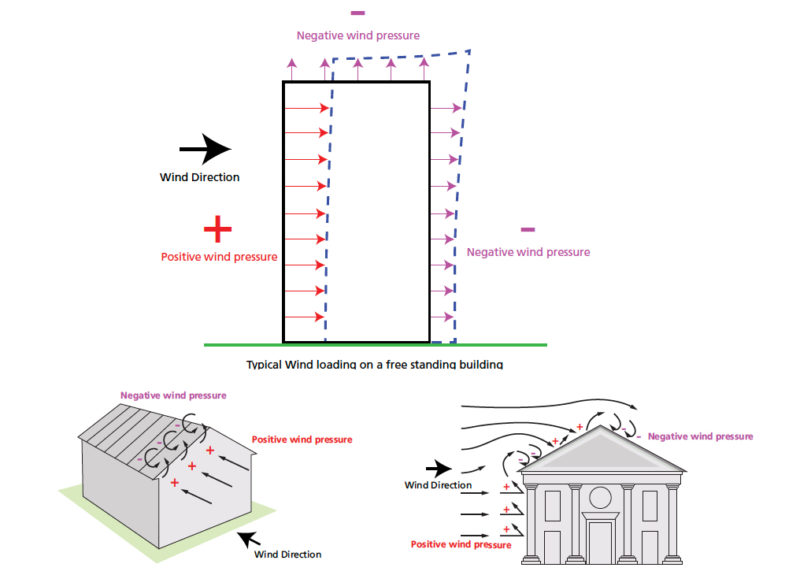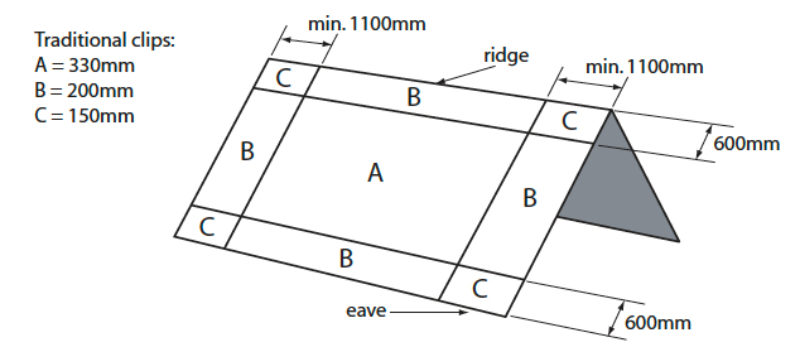Geographically the UK and Ireland are at the mercy of weather in various degrees from the Arctic Circle, Scandinavia, Russia and, most predominantly, the Atlantic Ocean. We are therefore one of the most exposed countries of Europe to wind and rain storms which appear to be increasing in frequency, ferocity and intensity as a likely result of climate change.

In particular, dealing with the challenge of increasing wind velocity calls into question the standard fixing details of metal roof sheets, which must now in many areas be designed to resist the uplift of winds in excess of 100mph. Although western regions are most regularly at risk, the funnelling effect of the English Channel and exposed areas such as the Severn Estuary can intensify the effect of high winds and most areas of the UK and Ireland must be considered potentially vulnerable.
The effect of wind passing over a roof causes both positive and negative pressures, which in extreme cases can literally cause a suction effect on the installed panels.
These negative forces have varying effects on different areas of the roof.
In the pitched roof example below, Areas B and C will be most affected by wind lift pressures, with Area A less so. Designers and installers must therefore take these different levels of exposure into account with a few simple recommended changes.

1. Smaller clipping centres used for Areas B & C than for A
2. Use narrower panel widths in areas B & C
3. Use screwed clips (rather than nailed clips) to significantly increase the pull out value
4. Always use the correct number of screws per clip
5. Use stainless steel clips for greater tensile strength
6. Retaining cleats must be robust enough when folded to retain edge details and should therefore be thicker than the roof panels.

